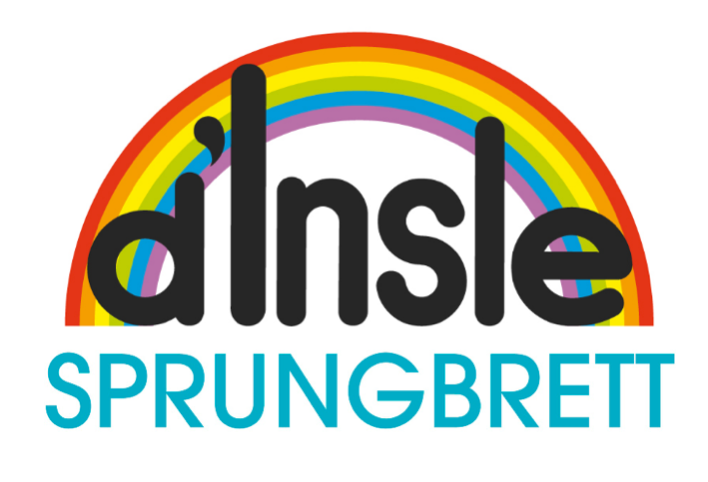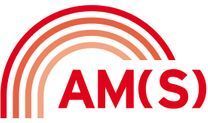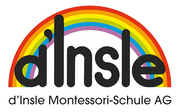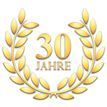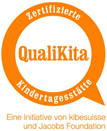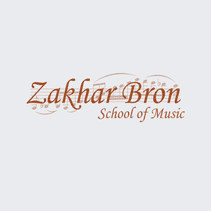FAQ
- Many parents who are interested in having their child cared for and educated in a Montessori schools ask similar kinds of questions. They ask about the best environment for the development of their child. We take these questions very seriously, and it is important for us too that the child-rearing principles followed at home and at school are in accord with each other. The better parents understand the foundations upon which we base our work, the quicker they can decide upon this key issue. If the answer to your own very personal question is not among list below, please do not hesitate to call us or write to us (schulleitung@dinsle.ch) and we will be very happy to take time for you and your concerns.

Montessori
- Who was Maria Montessori?
At the end of the 19th / beginning of the 20th century Dr Montessori was probably the most important progressive educationalist, alongside Rudolph Steiner, who founded the Waldorf educational system. She was twice nominated for the Nobel Peace Prize, though she never did receive it. She was honoured for her life’s work by the Italian state with the inclusion of her portrait on the 1000 Lira note and a 200 Lira special coin.
- What does "Montessori Material“ mean?
Dr Montessori herself quite consciously used the term “Development material” for the unique materials that she had developed. The various materials were prepared on the basis of the
findings she had discovered from her empirical research. In this, she always started out from the child and its natural learning processes. The first prototypes of materials that would be offered to the children for their own use grew from the purposeful observation of the children’s activities. The children’s work was observed in great detail and the materials developed further and further until they achieved the desired result of the "Polarisation of Attention". Dr Montessori did not aim to use these clever materials to instruct or teach the children, but
(once they had been thoroughly presented to them teaching staff) to offer them the opportunity to make sensible use of them to acquire a wide range of educational content independently, through their own experience. This is the natural learning process of a child.
"That which you inherit from your father, you must first earn before you can possess it“ J. W. v. Goethe
- What does Montessori curriculum cover?
Of its holistic nature, the Montessori curriculum is far more broadly based than that of conventional schools. It also covers more or less the content of the following school years, not in an abstract form, but with countless lessons (we call them Presentations, which make things that would otherwise have to be learned with a greater or lesser effort seem easier to grasp). Processing educational content through one’s own activity is a sustainable form of
learning. Even highly educated adults often have their own “A-ha” moments when they work with the Montessori Materials recognising not just how to solve a problem but also why.
- What do you mean by the sentence "Help me to do it myself"?
“Help me to do it myself” was said by a young child, who was asking Dr Montessori for help, but very definitely not in the sense of: “I can’t do this. Do it for me!” but with a plea for help for the child to help itself. This simple statement contains much of what we stand for. We do not want to take anything away from the children that they, with appropriate assistance, could also do for themselves.
- What is a Presentation?
For the countless Montessori Materials there are clear working instructions that lead to the required discoveries. The Montessori teaching staff are specially trained to do this and demonstrate to the child in one short lesson (which we call a Presentation) the exact way to use the selected materials. They then leave the children to work independently as much as possible.
Learning
- Is the teaching plan for the public schools also permitted?
Adherence to the current valid teaching plan for state schools (in the Canton of Zurich,
this will be Teaching Plan 21 in future) is also allowed at the Montessori
schools at all times. The content in the Montessori curriculum actually goes far beyond the goals and skills defined in Teaching Plan 21. Nevertheless, learning success depends strongly on the abilities and willingness of each individual child to work.
- Can the child really always freely choose what it wants to learn?
The teaching staff are responsible for planning the educational content because only they know the required Curriculum. They plan the lessons (presentations) within the working week individually for each child, taking account of their level of learning, the targets to be achieved and the child’s personal wishes in relation to projects. Nevertheless, the child is given as much freedom as possible about the sequence and timing of the different areas of work. The child is always free to repeat exercises or to leapfrog over them if this seems reasonable, just as an adult would in a learning process. In a Montessori classroom, therefore, we see children who are working at mathematics, geometry or language materials, while others are carrying out experiments, investigating plants, reconstructing historical processes or tracing geographical phenomena. Yet others are making music, painting or philosophising.
- How can the teaching staff keep an overview and know where each child is at any time?
Thanks to a platform that is supported online, listing all the possible learning steps in all the subjects, it is possible at all times to maintain an overview of the learning content that has either already been acquired or is still outstanding. Each individual step of learning is marked, with a click of the mouse on the appropriate field, with various grading levels, as having been begun, being in preparation or completed. This provides the necessary overview of the whole class (section).
- How do you check whether a child has understood the teaching content and
is able to use it?
A lesson is sub-divided into a very specific sequence. This is called the 3-Stage Lesson. In addition, every item of Montessori Material incorporates a form of self-check, which the child can always use to check the completed work for itself and improve it if necessary. Completed tasks are presented to the teaching staff to check, stamped with the date and filed.
- Is educational success guaranteed with the Montessori system?
The educational success of any child depends on many different parameters. These include a good, stable relationship with the responsible teaching staff, the best possible match between demands and personal potential, suitable teaching methods and a feeling of being in good
hands among the class group. However, the individual abilities of each child also play a crucial role.
In principle, children will learn at any school, but learning at a Montessori school comes with a couple of extra cards up our sleeve, and these may prove to be winners. These include the general Individualisation of the imparting of content, die Freedom of choice, an
unbeatable range of Montessori materials and an atmosphere of mutual consideration and respect towards each other that crosses all the age groups. This can result in significantly better educational results at a Montessori school than at a conventional school. However, there is no guarantee at any school.
- What shape does a lesson take?
The teaching staff keep a log in which they set out the planning for the forthcoming tasks for a child. The learning content for a child per day / week / month (depending on the interests, development of self-discipline and attitude to work) is made up of a mix of prescribed
learning content and freely selected projects. The greatest possible level of transparency and agreement of timetable is maintained between the teaching staff and the child, and work begins once the
presentation
has been given. Finished work is initially checked through various forms of self-checking, then handed over to the teaching staff for a final inspection. Completed work goes into the child’s portfolio and will be taken home at the end of each year.
- What are the forms of work used here?
In principle, the child can always choose whether to work alone, with a partner or in a group, depending on what suits it best. As long as the child is really working constructively and purposefully, it can choose a partner, its own workplace, the duration of the task and the number of repetitions of each exercise. Nevertheless, the teaching staff reserve the right to issue clear instructions, depending on the actual situation. The key consideration for such a decision is the teacher’s observations, the capacity of the child on that day, its level of development, the material selected, the given space constraints and the overall situation within the class.




